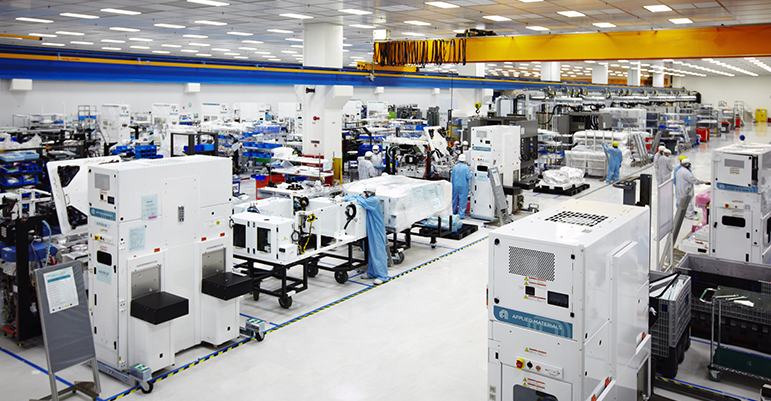High Energy Efficiency is Not Always the “Best-Fit” Option for Mechanical Systems
Energy efficiency is of prime concern to businesses and individuals alike, both from a financial and an ecological standpoint. On the surface, it makes sense to push for the highest possible efficiency for mechanical systems, in order to save the most money.
However, pushing for the highest possible energy efficiency is not always the best idea for commercial buildings. The reason has to do with the law of diminishing returns.
The law of diminishing returns for energy efficiency
The law of diminishing returns applies to many different scenarios. Essentially, it means that there comes a point where the value of the results you’re likely to achieve is lower than the cost of taking the action.
As an example, when planting a garden, there’s a huge benefit in using the recommended amount of fertilizer for the plants you want to grow. For a relatively low cost, you get a high value return. However, if you were to double the amount of fertilizer you add to the soil, you wouldn’t get twice as many plants or plants twice as big. You would spend twice as much, but you’d have a diminishing return. And, eventually, the more fertilizer you piled on, you’d even end up with a negative return when you end up killing your plants.
In the energy efficiency world, this principle becomes apparent when you look at a list of potential improvements that can be made to a commercial building and its HVAC system to make it more efficient.
Learn more about making your building energy efficient.
Near the very top of the list would be something like replacing incandescent light bulbs with LEDs. The cost is relatively low and the return in energy saved can be huge. Other low-cost or no-cost improvements offer similarly valuable returns:
- Replacing older office equipment with Energy Star models
- Turning off computers at the end of the day
- Raising the interior temperature during cooling season and lowering it during heating season (just 1 or 2 degrees makes a huge difference)
- Skilled optimization of controls along with routine planned maintenance
These are all easy wins for energy efficient with minimal effort required. However, some options for improving energy efficiency in a commercial building offer so little in net returns, they’re not a worthwhile investment.
How to tell when energy efficiency improvements are a bad idea
Often, the law of diminishing returns related to energy efficiency manifests itself in efforts to boost already-excellent efficiency by an additional percentage point or two.
For example, once all the low-hanging fruit is taken care of, it may be tempting to replace the building’s windows with a newer style that reflects more sunlight during heating season and absorbs more during heating season, which the manufacturer predicts will boost your building’s energy efficiency by 2-5% over your current windows.

However, replacing all the windows in the building could be a $1 million capital expenditure or more, which means it could take decades to recoup the cost through savings on the energy bill. During this time your new windows would age and potentially lose some of their energy efficient quality.
This is a perfect example of the law of diminishing returns at work. In this case, the current windows are already reasonably energy efficient, the cost of replacement is very high, and the improvement you can expect to see is minimal - so it’s not in your best interest to invest in new windows.
If your existing equipment or design is yielding acceptably high energy efficiency, investing tens of thousands of dollars to improve efficiency by just a few percentage points is likely not a wise idea. Before considering extensive reconstruction, retrofitting or replacement of existing HVAC components, think about the law of diminishing returns.
An experienced, qualified energy engineer can easily perform an energy audit for your building and determine just what improvements are possible as well as which are likely to provide the greatest return on investment. Armed with this knowledge, you can be sure not to waste valuable resources to the law of diminishing returns, while still maintaining a commercial building that is friendly to the environment.

